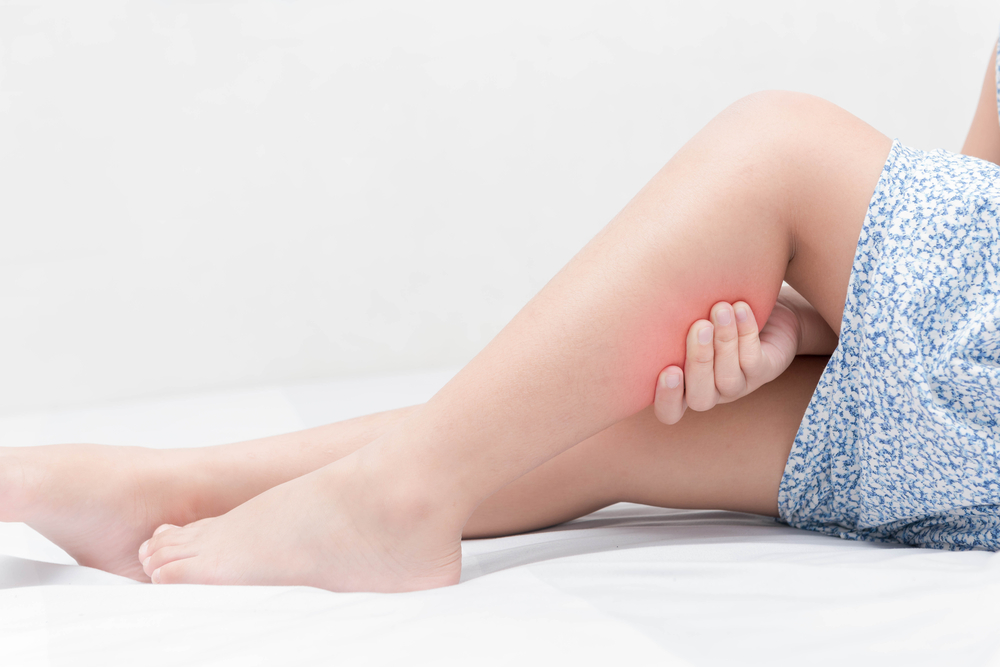Tenderness

The skin directly above the clot and surrounding areas can also become tender. This is despite the fact that blood clots tend to form deep in the legs with no sign of bruising on the surface of the skin. The tenderness can cause the veins under the skin (near or on the affected area) to become visible although this occurs after the blood clot has become relatively large in size.
The tenderness can affect both legs even if the blood clot affects one leg only. This is usually the case because people tend to overuse their stronger leg. This subconscious decision can cause joint and muscle strain which is manifested as pain and tenderness.
More from Things Health
-
Pooping Blood? Here are Some Common Causes of Blood in Stool
Blood in stool is related to many factors. It can be nothing to worry about, or it can indicate a serious medical condition. The amount…
-
Understanding the Causes of Leg Cramps
Leg pains and cramps can be a very uncomfortable experience for anyone. Thus, it is essential that you understand what remedies will work for you…
-
10 Causes of Leg Cramps – and How to Stop Them
Although they are usually harmless and actually quite common, leg cramps can be both uncomfortable and painful. In this article, we provide an overview of…
-
10 Signs You Might Have an Ulcer
An ulcer is a crater that typically develops in either the lining of the stomach, a gastric or peptic ulcer, or at the opening of…
-
Could Your Marriage be Playing a Role in Your Health?
Ah, marriage. Whether you are married, know someone who is married or have seen married couples, you know that there are both good times and…






